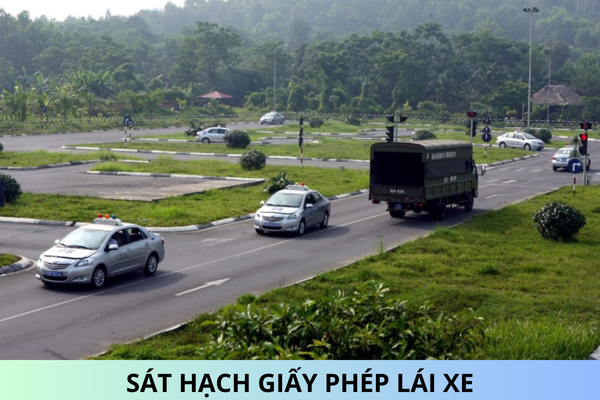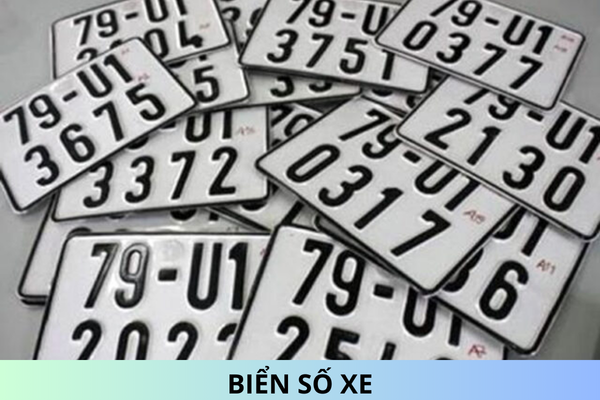What does safety of maritime works in Vietnam comprise?
What does safety of maritime works in Vietnam comprise? What is determination of safety perimeter of maritime works in some special cases in Vietnam?
Please advice.
1. What does safety of maritime works in Vietnam comprise?
Pursuant to Article 5 of Decree 143/2017/ND-CP stipulating safety perimeter of marine structures as follows:
1. Maritime works include ports, wharves, offshore oil ports, floating terminals, navigational channels, turning basin, aids to navigation, maritime assistance systems, breakwaters, drift dikes and embankments which are invested in, constructed or established within seaport waters and Vietnamese maritime zones.
2. The safety perimeter of a port or wharf is the distance from the outermost edge of such work to the outer boundary of the waters in front of it.
3. The safety perimeter of a port, wharf or pier with mooring buoy or bitts is the distance from the central point of the mooring buoy or the bitts and outermost edge of such work to the outer boundary of the waters in front of it according to design and technical regulations. To be specific:
a) At least 60 meters for the work having design platform height or for the mooring buoy having a waters depth from platform to design low water level of over 20 meters;
b) At least 50 meters for the work having design platform height or for the mooring buoy having a waters depth from platform to design low water level of from 16 to 20 meters;
c) At least 40 meters for the work having design platform height or for the mooring buoy having a waters depth from platform to design low water level of from 12 to 16 meters;
d) At least 30 meters for the work having design platform height or for the mooring buoy having a waters depth from platform to design low water level of from 8 to 12 meters;
dd) At least 20 meters for the work having design platform height or for the mooring buoy having a waters depth from platform to design low water level of less than 8 meters;
e) In the event the safety perimeter of a port, wharf, pier or ancillary mooring buoy overlaps a road, railway or inland waterway safety corridor or exceeds the coastward natural edge or outer boundary of the waters in front of a port, wharf, pier or ancillary mooring buoy, the safety perimeter of a work reaches the road, railway or inland waterway safety corridor or natural edge or outer boundary of the waters in front of a port, wharf, pier or ancillary mooring buoy.
4. The safety perimeter of an offshore oil port is delimited by a safety belt with a width of 500 meters from its outermost point and the no-navigation and no-anchoring zone with a width of 2 nautical miles measured from the coordinates of the offshore oil port.
5. The safety perimeter of a floating terminal is the distance from central point of the mooring buoy to the outer boundary of the waters in front of it according to design and from lines connecting central points of the mooring buoy determined according to technical regulations on mooring buoy. To be specific:
a) At least 60 meters for the work having a waters depth from platform to design low water level of over 20 meters;
b) At least 50 meters for the floating terminal having a waters depth from platform to design low water level of from 16 to 20 meters;
c) At least 40 meters for the floating terminal having a waters depth from platform to design low water level of from 12 to 16 meters;
d) At least 30 meters for the floating terminal having a waters depth from platform to design low water level of from 8 to 12 meters;
dd) At least 20 meters for the floating terminal having a waters depth from platform to design low water level of less than 8 meters.
6. The safety perimeter of a conveyor belt support or pipes (for the port or wharf equipped with a conveyor belt support or piping system) is the distance from the outermost edge of such work in a vertical direction towards both sides at a distance of at least 5 meters.
7. The safety perimeter of a navigational channel is the distance from the central point of the signaling buoy on navigational channel to both sides of the channel according to technical regulations on navigational channels. To be specific:
a) At least 60 meters for a navigational channel with a width of over 210 meters and a design platform height of over 20 meters at an estuary, at sea or an open bay entrance; a navigational channel with a width of over 230 meters and a design platform height of over 17 meters in a river or an enclosed bay or a canal;
b) At least 50 meters for a navigational channel with a width of from 190 to 210 meters and a design platform height of from 16 to 20 meters at an estuary, at sea or an open bay entrance; a navigational channel with a width of from 210 to 230 meters and a design platform height of from 14 to 17 meters in a river or an enclosed bay or a canal;
c) At least 40 meters for a navigational channel with a width of from 140 to 190 meters and a design platform height of from 14 to 16 meters at an estuary, at sea or an open bay entrance; a navigational channel with a width of from 150 to 210 meters and a design platform height of from 12 to 14 meters in a river or an enclosed bay or a canal;
d) At least 30 meters for a navigational channel with a width of from 80 to 140 meters and a design platform height of from 8 to 14 meters at an estuary, at sea or an open bay entrance; a navigational channel with a width of from 90 to 150 meters and a design platform height of from 7 to 12 meters in a river or an enclosed bay or a canal;
dd) At least 20 meters for a navigational channel with a width of less than 80 meters and a design platform height of less than 8 meters at an estuary, at sea or an open bay entrance; a navigational channel with a width of less than 90 meters and a design platform height of less than 7 meters in a river or an enclosed bay or a canal.
8. The safety perimeter of a training work is determined as follows:
a) For a breakwater or drift dike, the safety perimeter is at least 20 meters, 200 meters or 25 meters from its foot to the navigational channel, the sea or the coastline, respectively;
b) For a embankment, the safety perimeter is at least 50 meters from its head to both sides; at least 20 meters from its foot to the channel; and at least 5 meters from its foot to the coastline, for residential areas, urban areas and tourism areas; or at least 25 meters for other areas;
c) For another training embankment, the safety perimeter is at least 50 meters from its foot outwards.
9. The safety perimeter of an aid to navigation is the distance from the central point of the aid to navigation (central point of the lighthouse or mooring buoy) outwards according to technical regulations on aids to navigation. To be specific:
a) At least 60 meters for a lighthouse with an effective range of over 20 nautical miles or floating light buoy with a depth of 20 meters from the position of buoy to the design low water level;
b) At least 50 meters for a lighthouse with an effective range of from 15 to 20 nautical miles or floating light buoy with a depth of from 16 to 20 meters from the position of buoy to the design low water level;
c) At least 40 meters for a lighthouse with an effective range of from 10 to 15 nautical miles or floating light buoy with a depth of from 12 to 16 meters from the position of buoy to the design low water level;
d) At least 30 meters for a lighthouse with an effective range of less than 10 nautical miles or floating light buoy with a depth of from 8 to 12 meters from the position of buoy to the design low water level;
dd) At least 20 meters for other aids to navigation.
10. The safety perimeter of maritime works in overhead space (clearance height) and underground area shall be specifically determined for each work according to the planning for development of seaports and navigational channels, technical regulations and relevant regulations of law.
11. When making an agreement on construction location or announcement of inauguration of a maritime work, the competent authority shall include the safety perimeter of such maritime work in such agreement.
2. What is determination of safety perimeter of maritime works in some special cases in Vietnam?
According to Article 6 of Decree 143/2017/ND-CP, determination of safety perimeter of maritime works in some special cases as follows:
1. In case the safety perimeter of a maritime work is identical to that of a flood and storm preparedness or dike protection work, relevant provisions shall be complied with.
2. In case the safety perimeter of a navigational channel overlaps a road or railway safety corridor or exceeds the coastward natural edge of such corridor, the safety perimeter of such navigtional channel reaches the natural edge.
3. In case the safety perimeter of a maritime work overlaps an inland waterway safety corridor, the safety perimeter of the navigational channel reaches such safety corridor.
4. In case the safety perimeter of a maritime work overlaps the safety corridor of a road or railway bridge, transmission lines or cable transportation, relevant regulations shall be complied with.
5. In case the safety perimeter of a navigational channel overlaps that of a port or wharf, the safety perimeter of such navigational channel reaches the safety perimeter of such port or wharf.
6. For a seaport dedicated to material handling or river training, the minimum safety perimeter must be compliant with regulations of this Decree, and the safety distance must be still compliant with relevant regulations.
7. In the event the safety perimeter of maritime works affects an adjacent national defense and security work, written approval of the Ministry of Public Security or Ministry of National Defence must be obtained.
8. In the event the safety perimeter of a maritime work is identical to coastal protection corridor, the safety perimeter of such work reaches the coastal protection corridor.
Best Regards!










